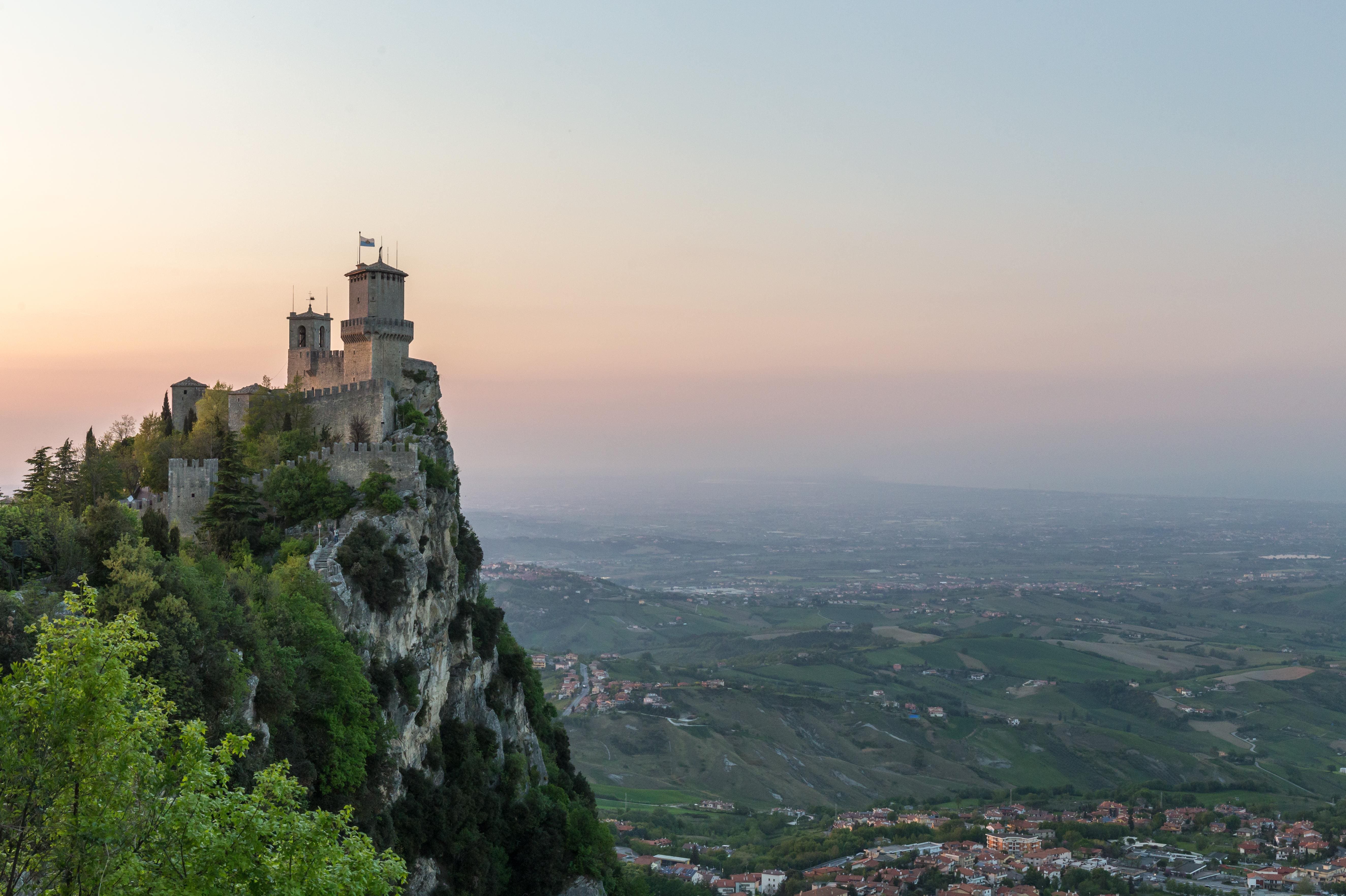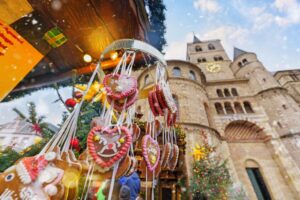Walk On Pilgrimage Paths Through Emilia-Romagna To Celebrate Italy’s Year Of Slow Travel
3 min read
Travel may seem like it’s all about doing the most these days — hitting up all the sites and recommended restaurants, posting personal photo essays on social media with day-by-day recaps of all the things you did and saw — but Italy is putting the leisure back in vacation time by celebrating a slow travel. The Italian government has dubbed 2019 the nation’s year of slow tourism, that is, a time for a new generation of traveler’s to step back, slow down, and enjoy all that Italy has to offer without bending over their smartphones the entire trip.
One great way to take advantage of slow travel: Pilgrimage Paths. Dating back to the Middle Ages, walking trails were a popular way for religious pilgrims to venture through Italy via historic Roman roads to reach Rome, the Christian capital at the time. Now, slow travelers can walk for wellness, both mental and physical, as well as to quite literally slow down and take in their surroundings without just dropping in from site to site.
As part of the 2019 Italian Year of Slow Travel, northern Italian region Emilia-Romagna, also known as the region’s edible agriculture capital (it’s where all of the world’s parmigiano-reggiano comes from!) is celebrating the ten ancient pilgrimage routes that cross through the region. These paths are historic and and lush with nature, and can still be experienced on marked pedestrian and bike paths.
The Sanctuary of the Madonna of San Luca is a basilica church in Bologna, northern Italy, sited atop … [+]
GettyA new website, Cammini Emilia Romagna, is dedicated to the ten paths that travel through Emilia-Romagna, including maps and events (in Italian and English) to ease travelers’ research and planning. The paths highlighted on the website include:
The Via Francigena, which is recognized by the European Council as a cultural itinerary
The Via Romea Germanica, Via Romea Nonantolana, and Romea Longobarda, ancient European pilgrimage itineraries leading to Rome
The Via degli Abati (Abbots’ Way), which goes along the paths followed by abbots to cross the Apennines
The Cammino di Sant’Antonio (Saint Anthony’s Walk), the Cammino di Assisi (Assisi Walk) and the Cammino di San Vicinio (Saint Vicinius of Sarsina’s Walk): tied to places of importance in the lives of Saint Francis and Saint Anthony
The Via degli Dei (The Way of the Gods): connects Bologna to Florence
Path of Matilde di Canossa, which unites the Reggio Emilia Apennines with Tuscany.
Piacenza’s Basilica of St. Anthony on the famous pilgrimage route in Emilia-Romagna, Italy.
GettyAlong these walks, spiritual and religious modern pilgrims can stop into important prayer centers and monasteries like the Ospizio di San Pellegrino in Alpe near Reggio Emilia, the Pomposa Abbey near Ferrara, and Sant’Apollinare in Classe in Ravenna. These routes also connect sanctuaries such as San Luca in Bologna; historic parishes and cities of art in Piacenza, Modena, Ferrara, and Ravenna; archaeological sites like Sarsina; medieval towns such as Bobbio; as well as protected nature reserves, regional and beautiful provincial parks.
Ready to set foot across Italy? A variety of accommodations along the network of pathways includes lodges, pilgrim houses, hostels, convents, monasteries, vacation homes, church houses and the Nine Houses that are part of the ecclesiastical hospitality heritage. Emilia-Romagna is located in the North of Italy, just over the Apennine Mountains from Tuscany. The region is accessible from North America by flying into Bologna from major European airports, or by driving or taking a train from Milan.
Discover more from Slow Travel News
Subscribe to get the latest posts sent to your email.



